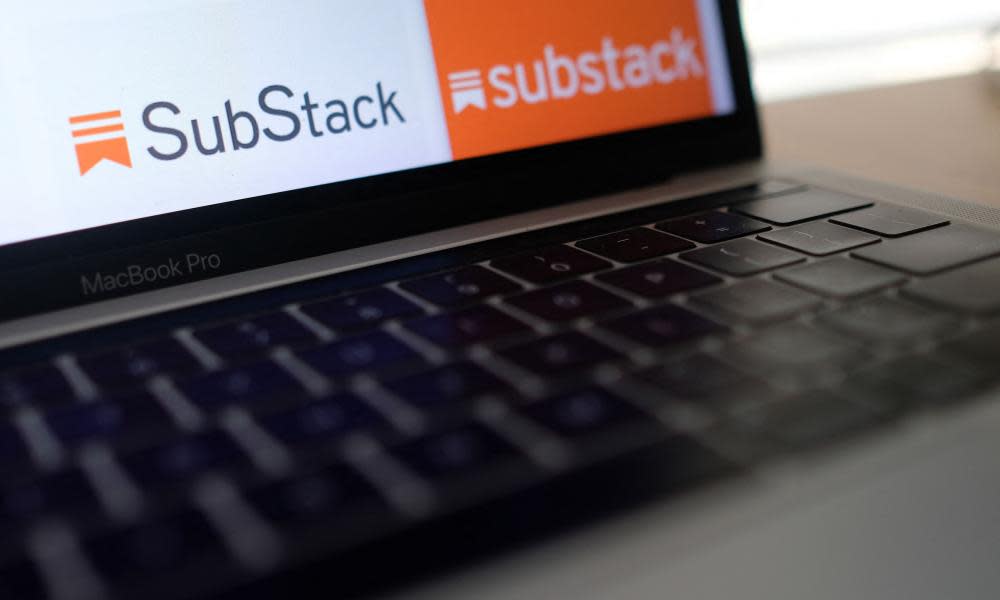What is Substack and why is it proving so popular?

Substack’s mission statement depicts a journalistic dystopia that wouldn’t look out of place in a book by the platform’s latest recruit, Chuck Palahniuk.
“The great journalistic totems of the last century are dying. News organisations – and other entities that masquerade as them – are turning to increasingly desperate measures for survival. And so we have content farms, clickbait, listicles, inane but viral debates over optical illusions, and a ‘fake news’ epidemic.”
That was 2017 and the trends identified in that post are well embedded in modern culture, but Substack’s subsequent popularity has made clear that there is at least strong appetite for any antidote.
The San Francisco-based company has more than 500,000 paying subscribers to its newsletters, published by an array of writers from whistleblower Edward Snowden to rock musician Jeff Tweedy and salad aficionado Emily Nunn. Also, there is no pressure to grab the attention of Google or Facebook algorithms or get big reader numbers, a feature of modern journalism that has helped strain the bond of trust between the public and the press.
Substack was launched by Chris Best, who had previously launched Kik, a messaging app that he described as “kind of like WhatsApp”, Best’s former Kik colleague Jairaj Sethi and journalist Hamish McKenzie. One of the platform’s backers is venture capital firm Andreessen Horowitz, whose previous investments include Facebook, Twitter and Airbnb.
Best, Substack’s chief executive, said the aim of the site was to “allow writers and creators to run their own media empire”. Certainly Substack’s most popular writers make vast sums from the platform, with its top 10 publishers bringing in $7m (£5.1m) per year between them.
Substack takes 10% of subscription earnings and payment company Stripe takes a further 3% with writers taking the rest. Writers charge around $5 a month (£3.66) or $50 a year for access to their newsletters, although the platform’s many free newsletters also have a big following.
Substack has offered grants to authors – including six figure sums for major writers – to build an audience on the platform and its number of active writers doubled in the first months of the pandemic last year, a grim reflection of the fact that scores of journalists had been made redundant as coronavirus spread around the world.
Related: Substack: five of the best from the niche newsletter platform
Fittingly for a digital publisher, social media can play a role in who Substack approaches. The community of followers built up by an author is one of the factors scrutinised by Substack. For instance, the organisation will look at the size and enthusiasm of a writer’s following on social media. But it does not actively consider what the author is writing, in order to avoid bias in how it selects writers.
Reflecting the number of journalists who publish on the site, Substack also offers legal support through its Substack Defender service. The service offers pre-clearance of stories and responses to cease and desist letters. The company will cover fees of up to $1m once a piece is taken up by a Defender lawyer.


